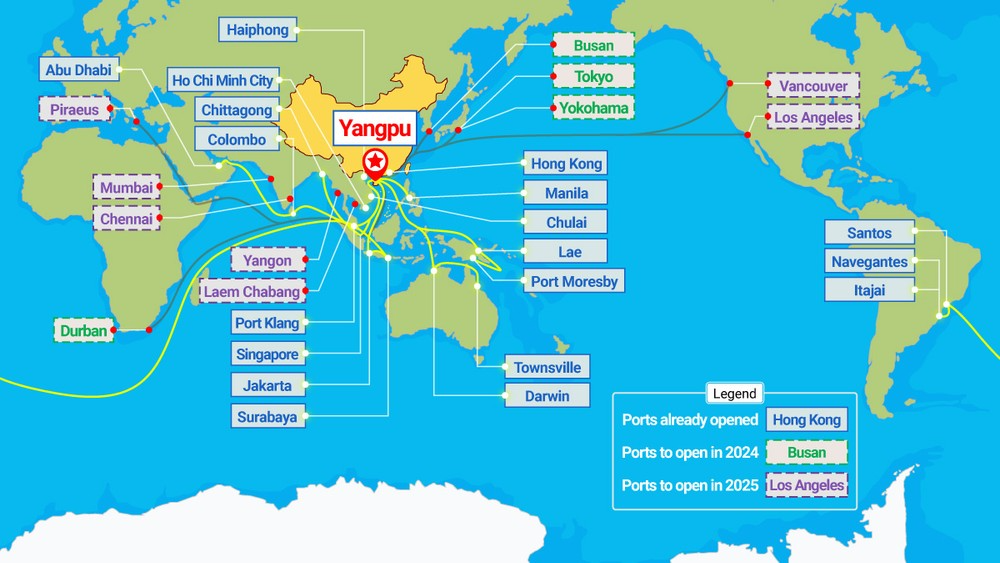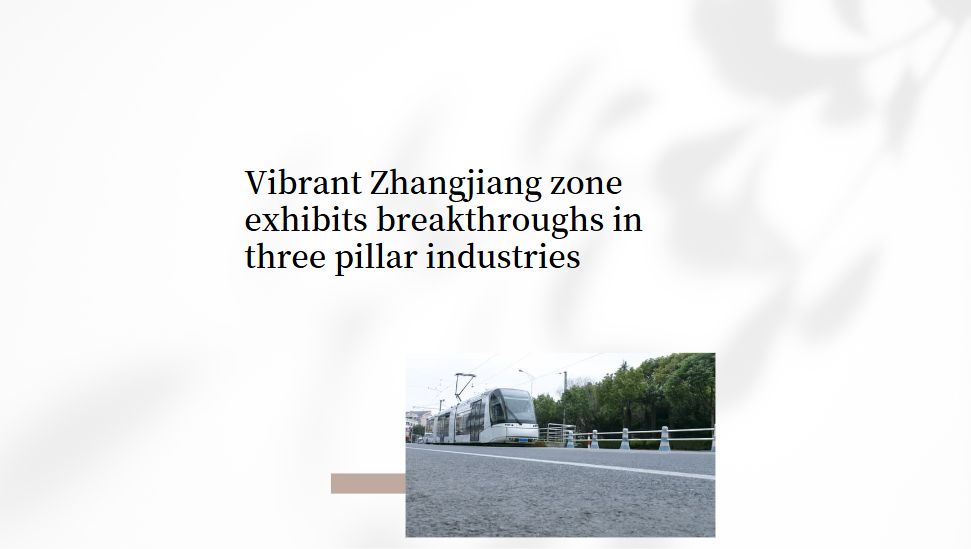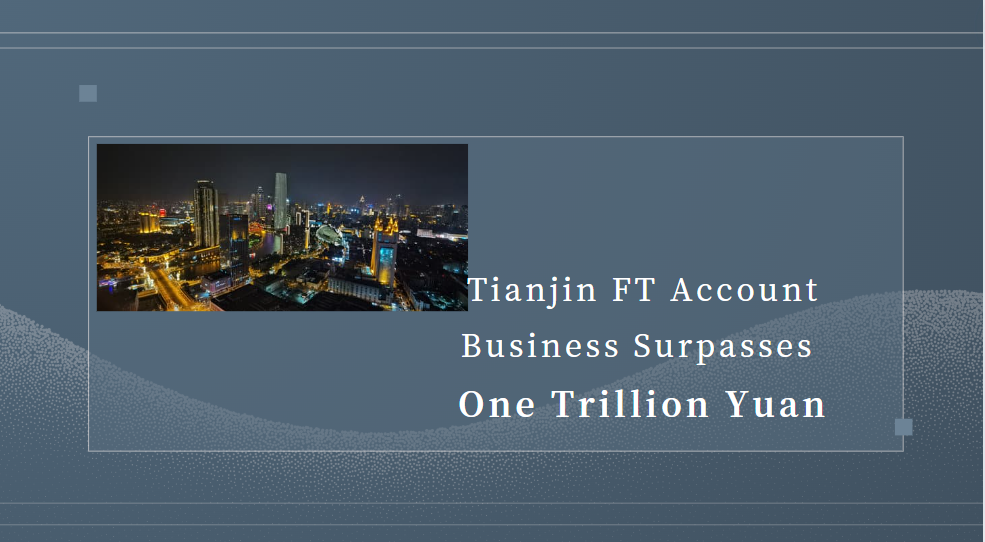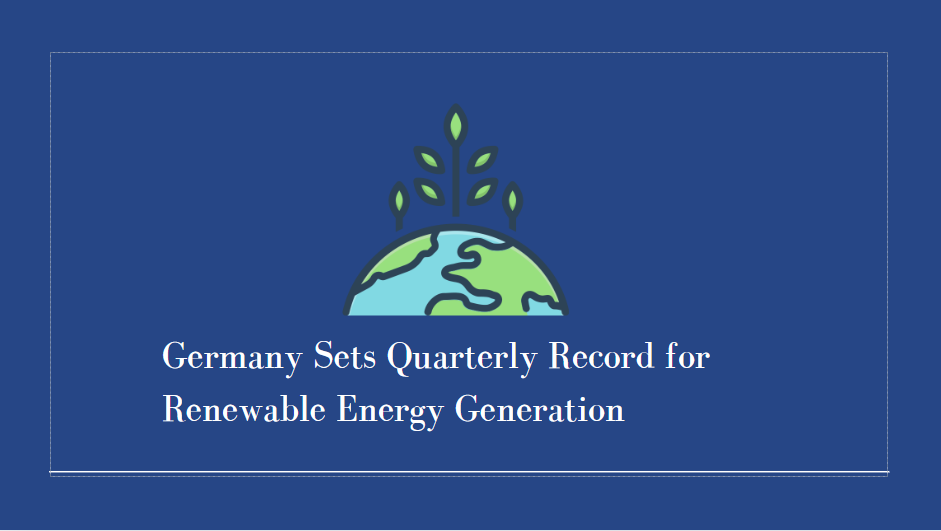Hainan's Free Trade Port: Latest Developments and Opportunities in Trade Logistics
Since the release of theMaster Plan for the Hainan Free Trade Port,Hainan has been stepping up moves to widen market access. Accordingly, it is preparing to launch an island wide independent customs operation, while establishing “areas under special customs supervision”, and implementing zero tariff and other preferential measures to promote trade facilitation.This will provide Hong Kong businesses with new opportunities to access the vast domestic sales market. Firms may consider taking advantage ofHainan Free Trade Port’s resources and tariff concessions to expand their production and domestic sales business and capitalise on the island’s easy accessibility to extend their e commerce business to Hainan and other parts of mainland China. With the gradual development of Hainan’s warehousing and logistics services, companies will be able to find greater scope for business development. In their efforts to open up the domestic sales market through Hainan, companies should pay close attention to the development of local warehousing and logistics facilities, services and transportation networks and formulate appropriate strategies for tapping the policy advantages in theHainan Free Trade Zoneto open up the vast domestic sales market.
Implementation of import and export management system
Hainan’s excellent port facilities and geographical location not only provide logistics support for the island’s fast growing trade development, but also promote the growth of bulk commodity trade. Companies dealing in bulk commodities – such as crude oil, natural gas and agricultural products – are flocking to the island. Under the “free flow through the first line and control at the second line” import and export management system1, theHainan Free Trade Portwill become a tariff free zone, with most goods exempt from import duties. This will give the island’s tourism, retail, logistics, and processing and manufacturing industries a considerable boost. Hainan is preparing for island wide independent customs operation, with theYangpu Bonded Port Areain the northwestern corner of the island chosen as the pilot zone for implementing the “first line, second line” model of import and export management.
Geographical and policy advantages of Yangpu Port
As one of Hainan’s industrial and foreign trade hubs, as well as a “first line, second line” pilot zone, Yangpu’s development potential is huge. Established in 1992, it has made great strides in recent years and has developed into a comprehensive economic development zone for port logistics and industrial and commercial activities. Following the further implementation of island wide independent customs operation, Yangpu Port will fully leverage Hainan’s geographical advantages and the added bonus of its free trade port policy to focus on developing foreign trade transit business.
Yangpu Port currently has 51 shipping berths of various kinds. In 2023, it accounted for 76% of foreign trade goods throughput for the whole province. Throughput and trading volume have been growing at the fastest pace in the country in recent years. Yangpu also has industrial bases that are approaching maturity, while its GDP accounted for 34% of the provincial total in 2023.2
Year | Trade Volume (RMB billion) | Throughput (million TEUs) |
2020 | 85.4 | 1.02 |
2021 | 490 | 1.13 |
2022 | 792 | 1.51 |
2023 | 1,080 | 1.62 |
Source: Yangpu Economic Development Zone Management Committee | ||
The central government has successively enacted various policies exclusively focussed on Yangpu Port’s early and pilot implementation. A prime example of this is theInterim Measures of Customs for the Collection and Administration of Taxes on the Domestic Sales of Goods with Value-Added Processing in the Yangpu Bonded Port Area,as issued in July 2021. TheInterim Measuresstated that, up until 31 December 2024, enterprises in priority industries registered in theYangpu Bonded Port Areaand filed with theYangpu Economic Development Zone Management Committeeand which produce goods with bonded imported materials in theYangpu Bonded Port Area(with value added processing exceeding 30%) will be exempt from import duties when exiting the bonded area for domestic sales. Such enterprises are, however, subject to import VAT and consumption tax in line with state regulations. Goods produced by enterprises in priority industries using duty free imported parts and materials are, additionally, eligible for tariff exemptions when sold in the domestic market should the related value added processing exceed a specified ratio. This is the essence of the “free flow through the first line and control at the second line” import and export management system, which is being trialled in theYangpu Bonded Port Area,prior to the launch of an island wide independent customs operation in theHainan Free Trade Port.
The Yangpu Port independent customs operation project is located near the entrance of theYangpu International Container Terminal. With total investment of more than RMB290 million, this project mainly involves the transformation and upgrading of the terminal, including the installation of facilities and equipment in the front interception zone, the building of smart inspection platforms and the installation of cold chain anti epidemic treatment equipment in the inspection site. Following the full implementation of independent customs operations at the terminal, container throughput is expected to exceed 5 million TEUs by 2025, marking the initial completion of this global logistics supply chain regional international container hub.
·One of China’s 11 coastal international hub ports
·A regional international container hub for the new western sea-land corridor
·An international shipping centre for theHainan Free Trade Portand shipping system integration, innovation and stress-assessment platform
·A highly sustainable port facility, complete with new energy inner trays and PV warehouse roofs, while also being the first automated container terminal in Hainan capable of remote-controlled operation.
As one of Hainan’s principal industrial and foreign trade hubs, Yangpu serves not just the local economy but also links Hainan to a number of international markets. It is worth noting that Yangpu can function as a shipping channel, connecting China’s western region with the global supply chains. Hainan already acts as a regional shipping hub connecting China’s southeastern coastal regions with ASEAN and Southeast Asian countries, as well as being a major traffic artery between two continents and two oceans. This means that exports manufactured in Hainan and western China, as well as imports from theBelt and Roadcountries shipped to China via marine routes, can all use Yangpu as a hub port. Essentially, Hainan is capitalising on Yangpu’s regional advantages as a means of developing processing, manufacturing and petrochemical industries, as well as shipping services, to diversify the development of the free trade port.

Yangpu can function as a shipping channel, connecting China’s western region with the global supply chains.
As about 70% of the international cargo passing through Yangpu Port will transit to other ports in mainland China, a mature domestic sales network is taking shape. Yangpu’s growing number of foreign trade routes, huge warehouse resources and optimised customs clearance procedures will also facilitate its development into a forward stocking location for overseas warehouses. It will also function as a distribution centre for foreign trade products, offering a favourable environment for expanding cross border e commerce. The government has also announced additional policy measures aimed at reinforcing Yangpu’s regional advantages.
In addition to becoming a transit port for goods and a port of registration – the defining characteristics of a free trade port – the following policies will enhance the appeal of Yangpu Port for businesses:
·Setting up a ship registration system with “China Yangpu Port” as the port of registry (China’s second largest port of registry)
·Exclusive policy: Domestic ships engaging in domestic and foreign trade with the same ship are allowed to refuel with tax-exempted oil3
·Departure port tax rebate (covers 15 mainland coastal ports)4
·Shipping support allowance (covers shipping routes, number of containers and switch from less-than-container load to full-container load).
As part of its efforts to accelerate its establishment of a modern logistics system, theHainan Free Trade Portsought to combine the construction of hardware with improvements to its software. It also looked to combine technology applications with institutional innovation as a basis for speeding up economic growth and economic restructuring. In so doing, it was able to further lower logistics costs and improve logistics efficiency across the island.
TheHainan Free Trade Porthas also implemented smart customs supervision and promoted the trial operation of the “free flow through the first line and control at the second line” model of customs supervision. Furthermore, big data analytics, block chain and other technologies were adopted to integrate customs and local supervision resources in order to deliver a smart, efficient, safe and convenient customs supervision mechanism.
Tax incentives and industrial chain development
The development plan for theYangpu Economic Development Zonecan be divided into four principal parts – the port logistics zone, the petrochemicals zone, the high end manufacturing zone and the eastern living quarters zone, all with a focus on logistics, the petrochemical industry, manufacturing, commerce and retailing where relevant. Yangpu’s petrochemical and high end manufacturing clusters have quickly taken shape thanks to the supportive policy environment and have seen a diverse industry base move into the development zone. In addition to petrochemical and manufacturing industries, the development of the logistic sector has been just as successful. Indeed, many logistics companies have been quick to leverage the policy incentives on offer in theYangpu Bonded Port Areain order to develop bonded logistics and trading business, including cold chain logistics, cross border e commerce and wine trading.
The special tax policies offered by the Yangpu Port also merit consideration. The zero tariff policy on value added processing officially came into force in theYangpu Bonded Port Areaon 8 July 2021. Some 10 companies were engaged in related business by the end of 2023, with the aggregated worth of value added processed products for domestic sales amounting to RMB4 billion and the total value of tariff exemptions amounting to RMB330 million. The processed products included grain and oil, jade, aquatic products and new material manufacturing.5
The Yangpu Port has made continuous additions and improvements to its terminal facilities. More than 10 companies are now operating within the bonded zone, enjoying tax incentives for value added processing. Petrochemical and high end manufacturing clusters are also quickly taking shape, as is Yangpu’s food processing industry. As Yangpu Port is the onlyCustoms-designated inspection site for meat and grain imports in Hainan, it intends to develop industries related to high end meats, functional food, vegetarian protein foods and healthy oils. So far, Yangpu has succeeded in attracting projects with a focus on edible oil processing, grain storage and meat deep processing, while also promoting itself as an international health food port.
The appeal of its health food sector has been boosted by its zero tariff policy for value added processing. Overall, its development is focused on four segments – functional food, special health food, high end meats and healthy oils – as well as their supporting upstream and downstream industries. Plans are also in place for the construction of aYangpu Bonded Port Area Demonstration Zoneand a surrounding development zone with a total area of nearly 3,000mu. Total related investment to date amounts to RMB10.7 billion, while the total output value reaches RMB19.1 billion.
To date, nine projects initiated byChina Grain Reserves Group,Longda Meishi Coand several other companies with total investment of RMB2.5 billion are already at the preparatory stage. A further seven projects started byAuscaandLuqiao Groupamong others are already in operation, with total output value when operating at full capacity expected to exceed RMB5 billion. Starting from scratch, health food industry clusters are gradually emerging, with total output value expected to exceed RMB10 billion.
Essentially, theHainan Free Trade Zoneis making highly positive use of its policy advantages and excellent warehousing resources in order to promote the development of cross border e commerce and trade co operation with other ASEAN countries. According to commerce department sources, Hainan’s cross border e commerce started off with four companies dealing mainly in retail imports in 2017 and grew into a business with 596 participating companies by the second half of 2022. Its total value of retail imports also increased to RMB888 million in 2021.
Takeaways for Hong Kong businesses
Hong Kong is one of Hainan’s major export markets.
Hong Kong is one of Hainan’s major export markets. Hainan’s total export value was RMB72.26 billion in 2022, with exports to Hong Kong amounting to RMB8.61 billion – 11.9% of its total exports. Vietnam, Malaysia, the US and Singapore are among its other major export markets. To date, its major exports include refined oil, textiles and clothing, electrical appliances and electronic products. By piloting the “first line, second line” management model, theYangpu Bonded Port Areaalso modelled many of the scenarios likely to occur following the launch of independent customs operations. In line with this, Hainan will positively assist and encourage businesses to establish complete industrial chains in the course of the free trade port’s development. Furthermore, Hong Kong companies may make use of Hainan’s port resources and tax incentives to expand their production and domestic sales business.
Hainan’s trade facilitation measures also ushered in a new round of development opportunities for e commerce. This has seen many well known e commerce companies set up operations in Hainan in order to take advantage of its easy accessibility to expand their e commerce business across the mainland. Hong Kong companies could also consider tapping into Hainan’s development opportunities by starting or expanding their cross border e commerce business within its precincts and eventually extending their business to other mainland markets. Before deciding, companies should carefully study local market needs, draw up risk control plans and make good use of the policies and measures being offered in order to fully capitalise on the market opportunities offered by the establishment of theHainan Free Trade Port.























































First, please LoginComment After ~